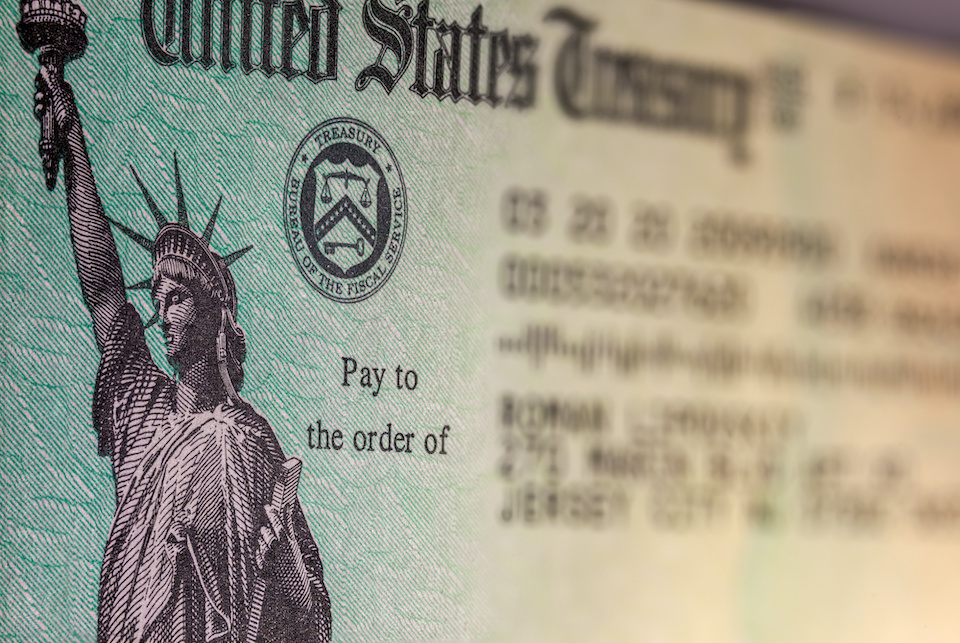The Internal Revenue Service today reminds those who make estimated tax payments such as self-employed individuals, retirees, investors, businesses, corporations and others that the payment for the first quarter of 2022 is due Monday, April 18.
The 2022 Form 1040-ES, Estimated Tax for Individuals, can help taxpayers estimate their first quarterly tax payment.
Income taxes are a pay-as-you-go process. This means, by law, taxes must be paid as income is earned or received during the year. Most people pay their taxes through withholding from paychecks, pension payments, Social Security benefits or certain other government payments including unemployment compensation.
Most often, those who are self-employed or in the gig economy need to make estimated tax payments. Similarly, investors, retirees and others often need to make these payments because a substantial portion of their income is not subject to withholding. Other income generally not subject to withholding includes interest, dividends, capital gains, alimony and rental income. Paying quarterly estimated taxes will usually lessen and may even eliminate any penalties.
Exceptions to the penalty and special rules apply to some groups of taxpayers, such as farmers and fishers, casualty and disaster victims, those who recently became disabled, recent retirees and those who receive income unevenly during the year. See Form 2210, Underpayment of Estimated Tax by Individuals, Estates and Trusts, and its instructions for more information.
How to pay estimated taxes
Form 1040-ES, Estimated Tax for Individuals, includes instructions to help taxpayers figure their estimated taxes. They can also visit IRS.gov/payments to pay electronically. The best way to make a payment is through IRS Online Account. There taxpayers can see their payment history, any pending payments and other useful tax information. Taxpayers can make an estimated tax payment by using IRS Direct Pay; Debit Card, Credit Card or Digital Wallet; or the Treasury Department’s Electronic Federal Tax Payment System (EFTPS). If paying by check, taxpayers should be sure to make the check payable to the “United States Treasury.”
Publication 505, Tax Withholding and Estimated Tax, has additional details, including worksheets and examples, that can be especially helpful to those who have dividend or capital gain income, owe alternative minimum tax or self-employment tax, or have other special situations.
IRS.gov assistance 24/7
Tax help is available 24/7 on IRS.gov. The IRS website offers a variety of online tools to help taxpayers answer common tax questions. For example, taxpayers can search the Interactive Tax Assistant, Tax Topics and Frequently Asked Questions to get answers to common questions.
The IRS is continuing to expand ways to communicate to taxpayers who prefer to get information in other languages. The IRS has posted translated tax resources in 20 other languages on IRS.gov. For more information, see We Speak Your Language.
RELATED:
IRS YouTube Videos:
SOURCE: IR-2022-77, April 6, 2022




 Here are nine things taxpayer must consider when determining if an activity is a hobby or a business:
Here are nine things taxpayer must consider when determining if an activity is a hobby or a business: